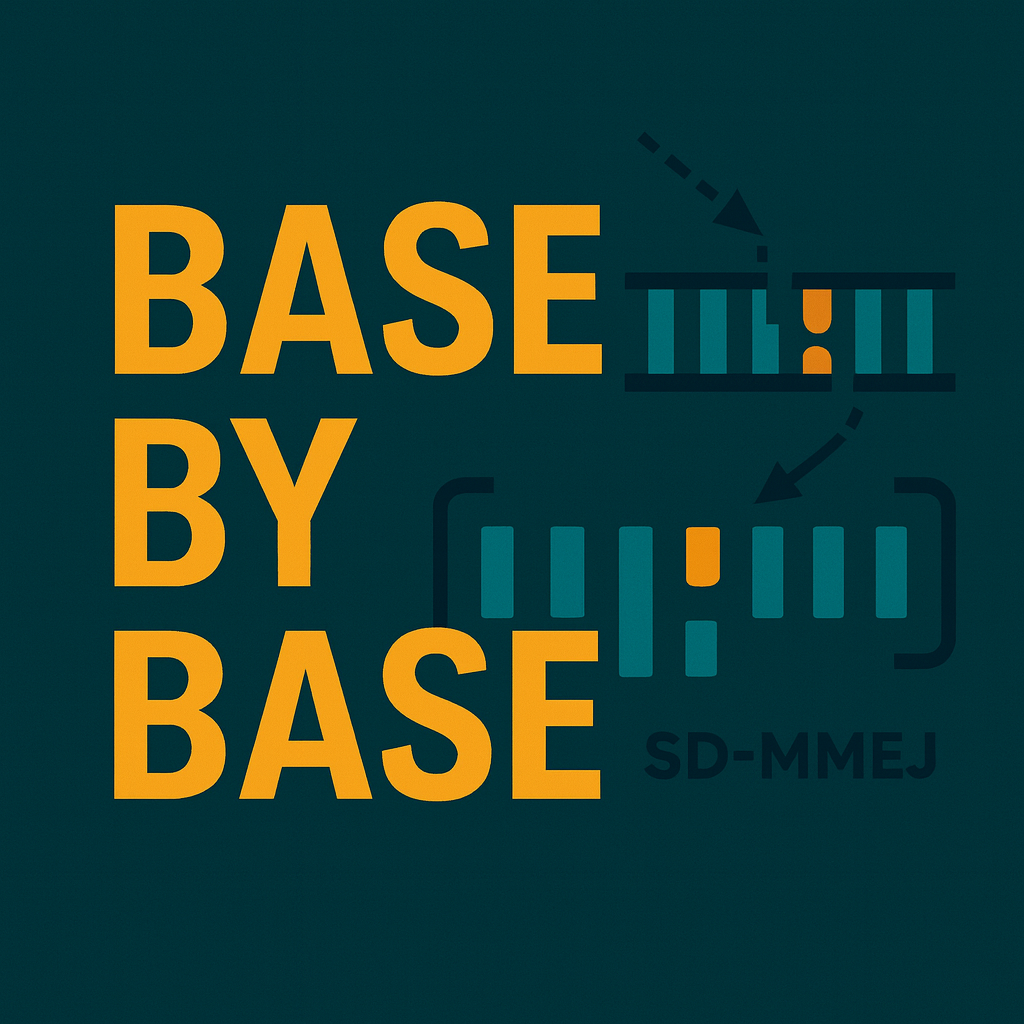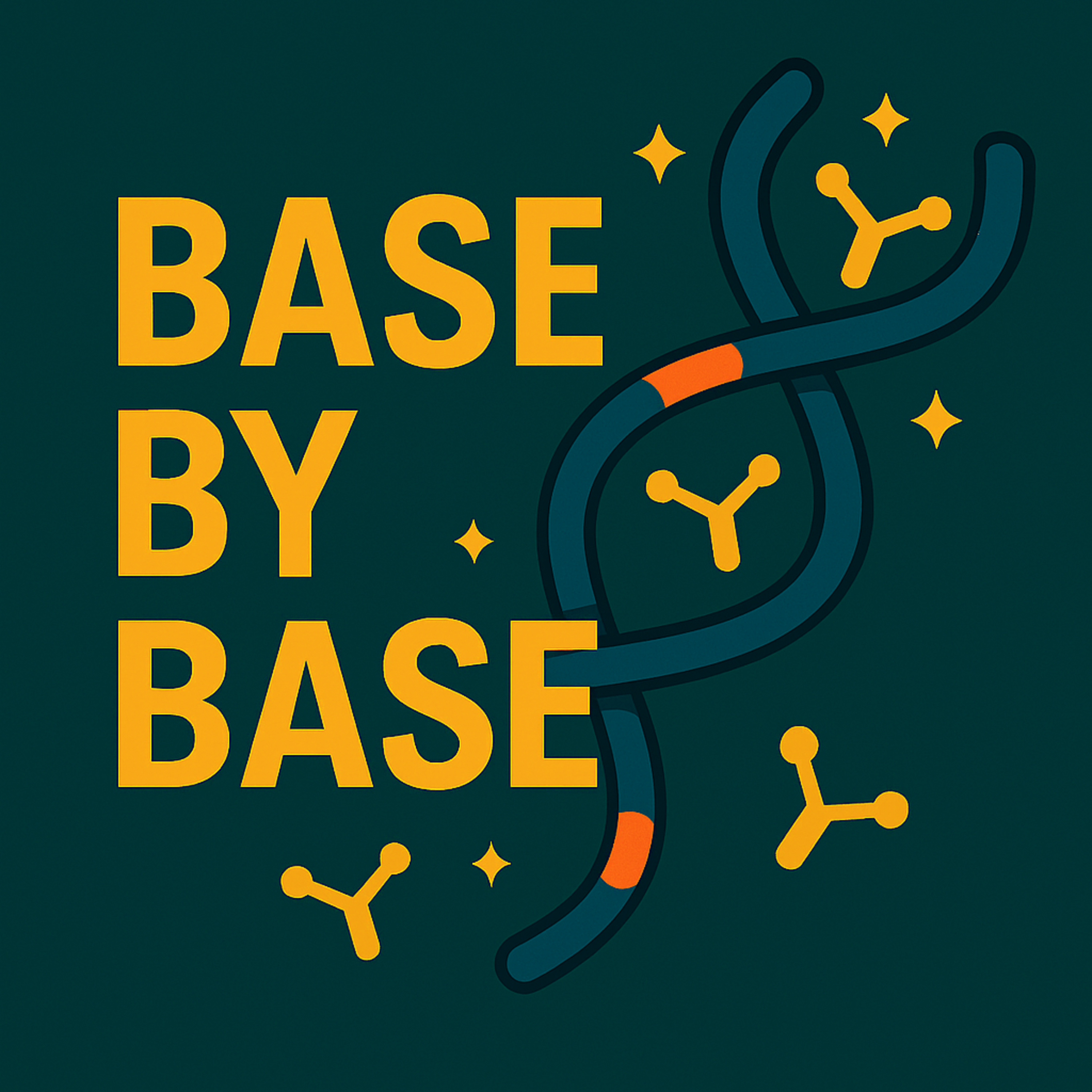Show Notes
️ Episode 158: Interruptions in Repeat Expansion Diseases: How Are They Gained and Lost?
In this episode of PaperCast Base by Base, we explore how small sequence changes—“interruptions”—within expanded tandem repeats shape the onset and severity of repeat expansion disorders, and a new mechanistic model that may explain how these interruptions are gained and lost across generations.
Study Highlights:
Interruptions within repeat tracts can dampen somatic expansion and shift clinical trajectories, helping to explain variability in age at onset and phenotype across disorders such as Huntington’s disease, myotonic dystrophy type 1, spinocerebellar ataxias, and fragile X. Advances in long-read sequencing now reveal interrupted alleles with greater fidelity, expanding diagnostic and research possibilities. The authors propose synthesis-dependent microhomology-mediated end joining (SD-MMEJ) as a unifying mechanism that can generate locus-specific interruptions, create the apparent bias toward repeat–flanking boundaries, and produce complex alleles within a single generation. The model yields clear predictions—about the role of double-strand breaks, polymerase θ activity, and the influence of flanking sequence structures—that can be tested as new cellular systems emerge.
Conclusion:
Understanding and ultimately controlling interruption dynamics could open therapeutic avenues to stabilize pathogenic repeats and modify disease course.
Reference:
Aston AN, Dion V. Interruptions impact clinical features of repeat expansion diseases, but how are they gained and lost? Trends in Genetics. 2025. https://doi.org/10.1016/j.tig.2025.07.005
License:
This episode is based on an open-access article published under the Creative Commons Attribution 4.0 International License (CC BY 4.0) – https://creativecommons.org/licenses/by/4.0/
Support:
If you'd like to support Base by Base, you can make a one-time or monthly donation here: https://basebybase.castos.com/
On PaperCast Base by Base you’ll discover the latest in genomics, functional genomics, structural genomics, and proteomics.




